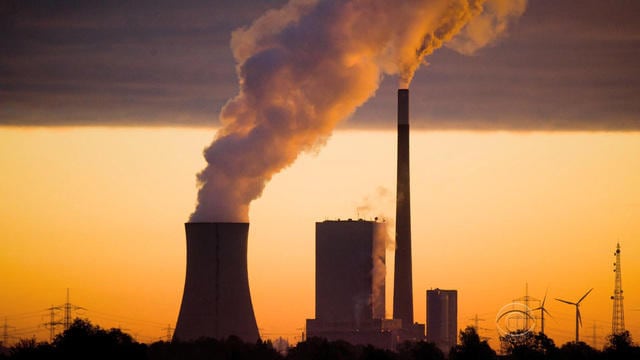Pakistan’s energy mix is tilted towards imported sources, exposing the country not only to cost escalations due to a depreciating PKR but also to volatility in prices in the international market. An increasing reliance on imported sources of energy contributes to an ever-expanding current account deficit with energy imports making up more than 40 percent of total imports.
Sustainable economic growth without adequate availability of electricity is inconceivable; according to estimates, an energy deficit reduces economic growth by up to 1.5 percent. Therefore, it is essential that electricity production should either match or exceed the rate of GDP growth. Annual transmission and distribution losses cause one-fifth of generated electricity to be wasted, due either to theft or an ageing and highly inefficient transmission and distribution network.
Electricity generation per capita in Pakistan is 471 kWh (kilowatt-hours, commonly referred to as ‘unit’), which is much lower than the global average of 3,127 kWh. Pakistan has a lot of catching up to do, and that can’t be done on the back of imported energy.
In 2017, Pakistan obtained almost 34 percent of its electricity from natural gas, around 31 percent from furnace oil, and 26 percent from hydel – followed by roughly 6 percent from nuclear, and only a measly 2 percent from renewable sources. Generation from hydel is seasonal in nature, resulting in greater reliance on fossil fuels during the cooler months of the year.
Lately, we have also started importing coal as new projects generating electricity from imported coal commenced operations during the last twelve months. The underlying theme continues to be reliance on imported sources of energy.

There is a dire need to skew the energy mix towards more indigenous sources of energy, in the form of either coal or renewable sources, both of which are on opposite ends of the environmental spectrum, but equally essential to ensure energy security. Any energy policy should have a three-pronged approach, covering energy security, energy affordability, and scalable growth.
Currently, Pakistan barely generates any electricity from coal, as compared to the global average of 39.168 percent. Introducing local coal in the energy mix will not only reduce dependence on imported sources of energy, thereby supporting foreign exchange reserves, but will also ensure energy security in case of any embargoes or potential conflicts. As coal production in Thar Coal scales up, there is a potential to add more than 10,000 MW within the next few years, while slowly and gradually reducing reliance on imported fuel.
On the opposite end is a renewables revolution that is waiting to happen. Pakistan only generates about 0.5 percent of its electricity from solar, while the contribution of wind energy is around 1.1 percent. An absolute reliance on solar and wind is also not advisable since electricity generation depends on various external factors, due to which their efficiency is low as compared to other fossil fuels, while also being seasonal in nature.
Nevertheless, there exists a strong case for ramping up the installation of solar and wind energy projects by incentivizing local investors and entrepreneurs. Instead of importing solar panels, local manufacturing must be incentivized and encouraged. Such local manufacturing will not only create employment opportunities but will also make energy generation truly self-sufficient, thereby enhancing energy security.
Solar irradiance levels in Pakistan, particularly in the southwest, are at par with the best in the world, with global horizontal irradiance (GHI) of over 1500 kWh per m2 in over 90 percent of the land area. This is essentially the energy of the sun which we can capture for free if we have the necessary infrastructure in place. As levelized tariffs for renewables decline, the case for aggressive induction of renewables in the energy mix is stronger than ever.

An absolute reliance on renewables does not solve the problem of base load, which can only be managed through fossil fuels. Capacity additions going forward should balance the need for baseload, which can be managed through indigenous coal, and peak capacity, which can be managed through renewables.
A forward-looking energy policy would focus not only on energy security, but also on decreased reliance on imported sources of energy. Capacity additions should focus on utilizing indigenous sources, with growth of both renewables and local coal synchronized with one another.
Electricity generation needs to grow by at least 7 percent for the next few years in order to reduce load-shedding and support economic growth, thereby necessitating incremental capacity additions of at least 3,000 MW every year. Phasing out inefficient and old power plants may also require replacement generation of 1,000 MW every year, bringing gross additions to 4,000 MW on an annual basis.
The energy mix should not only be seen as a mix of various energy sources, but should also consider the relative proportions of indigenous and imported energy sources. An energy policy should focus on gradually phasing out furnace oil (largely imported) and replacing it with coal and renewables, concurrently increasing the share of latter.
Such a transition would not only tilt the mix towards more affordable sources, but will also reduce the burden on foreign exchange reserves. A basic ingredient for sustainable economic growth is the availability of affordable electricity, and once that is in place, the multiplier effect kicks in.














